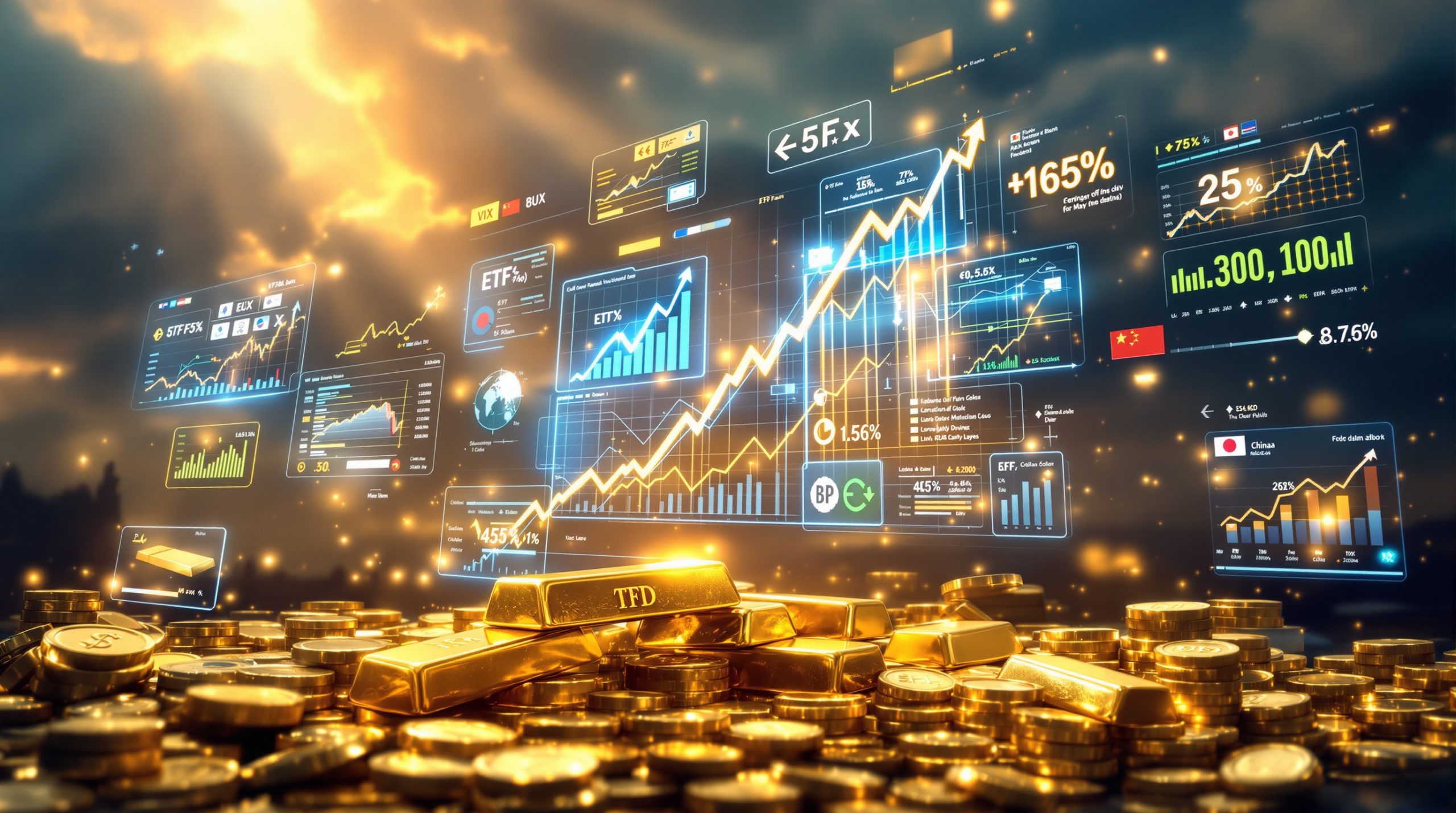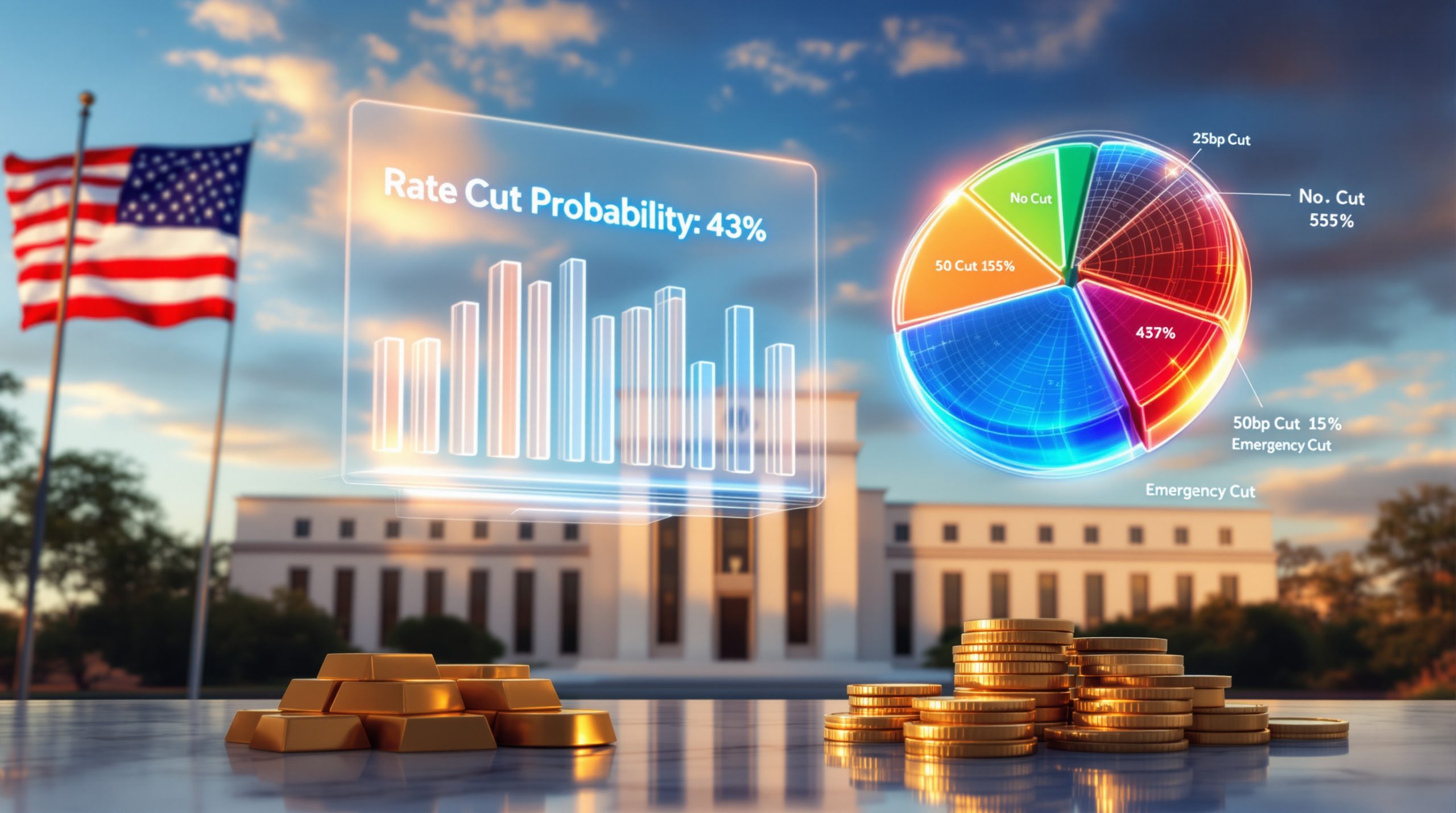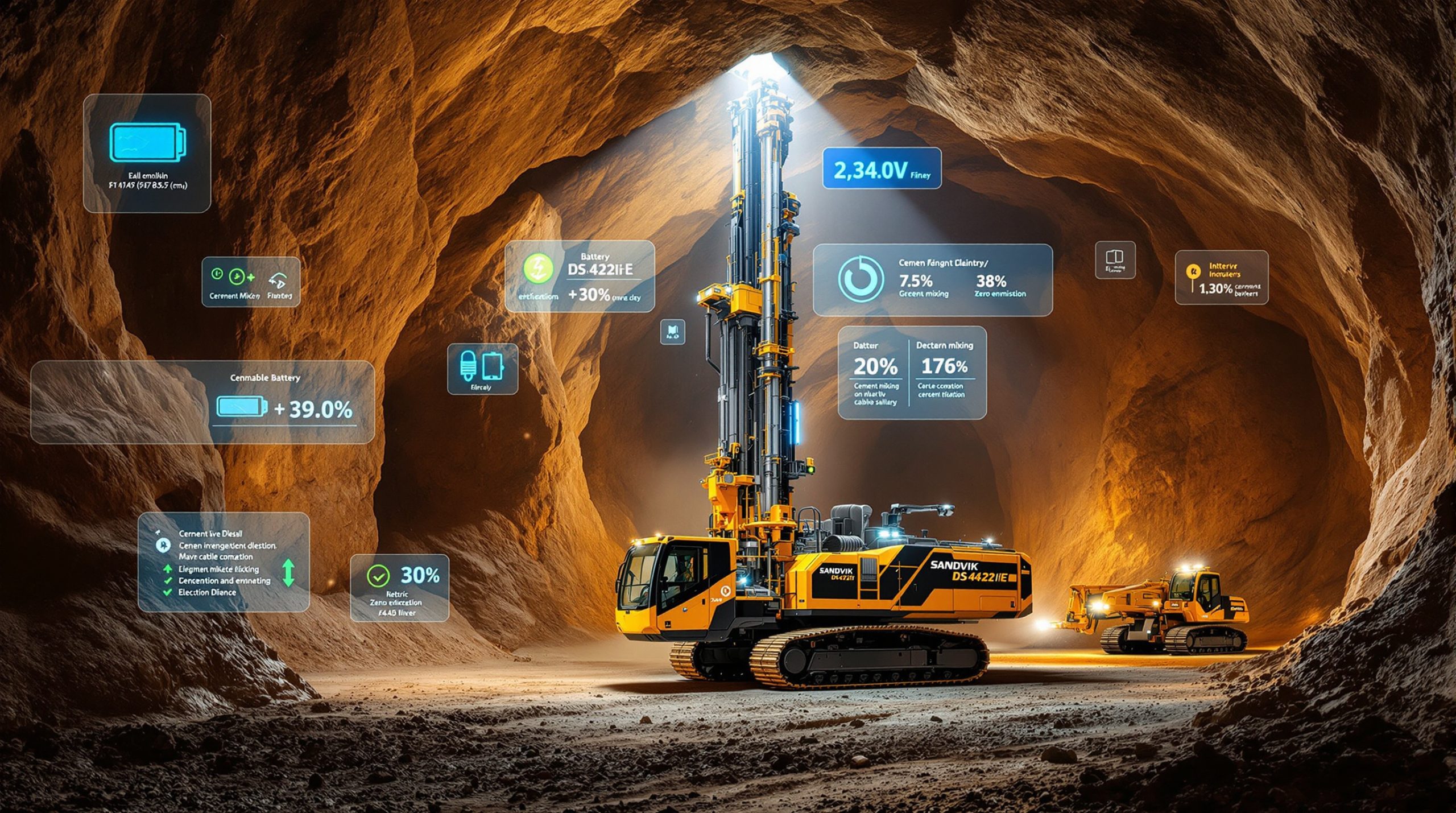What's Driving the Current Lithium Market Downturn?
The global lithium market is experiencing unprecedented challenges, with a significant surplus of 154,000t LCE (Lithium Carbonate Equivalent) in 2024. This oversupply has sent prices plummeting from their previous highs, with spodumene concentrate now trading at just US$832.50/t (6% Li2O) – a fraction of peak prices seen during the lithium boom. Lithium chemicals, including carbonate and hydroxide, are currently fetching around US$9,350/t in Asian markets, reflecting the dramatic correction in the sector.
Market sentiment has grown increasingly bearish as prices remain at what industry insiders describe as "bargain basement levels." This downturn represents one of the most significant corrections in the history of the lithium market, raising questions about the viability of many lithium projects worldwide.
The Oversupply Problem
The current lithium glut stems from a classic commodity cycle scenario: producers ramped up capacity in response to previously high prices, only to see demand growth temporarily slow. The market now contends with an oversupply that has proven difficult to absorb, despite mining's crucial and paradoxical role in the clean energy transition.
Examination of global stockpiles reveals that much of this surplus is concentrated in Chinese conversion facilities, which have continued to process material despite softening downstream demand. This inventory overhang serves as a significant headwind for price recovery in the near term.
Recent Demand Challenges
Demand-side issues have compounded the oversupply problem. US electric vehicle sales endured a 13% first quarter slump in 2025, while the Australian EV market share dropped precipitously to 4.9% in March, down from 9.5% a year earlier. This cooling in key Western markets has contributed to the bearish outlook for lithium prices.
Political uncertainty, particularly with the Trump Administration's policies toward green energy initiatives, has created additional storm clouds over the sector. The potential rollback of EV tax credits and environmental regulations has dampened investor enthusiasm for lithium assets in North America.
Industry analysts point to recency bias as a factor in current market forecasts. As one mining executive noted, "The market tends to extrapolate recent trends indefinitely into the future, which is why we see such bearish sentiment today despite strong underlying fundamentals for future demand."
Why Is a Lithium Price Recovery on the Horizon?
Despite the current pessimism, several factors indicate that lithium prices could recover faster than most analysts expect, potentially as early as late 2025 or early 2026.
Strong Underlying Demand Growth
While EV sales have slowed in some markets, global figures tell a different story. EV sales worldwide are running at 20% growth over the past year, with the growth rate jumping to approximately 35% for the first two months of 2025. This acceleration suggests that the EV revolution continues to gain momentum on a global scale, albeit with regional variations.
Even more impressive is the growth in Battery Energy Storage Systems (BESS), which expanded by 60% last year and continues to show robust growth at 40% in 2025, albeit from a much higher base. This often-overlooked sector represents an increasingly significant demand driver for lithium batteries.
Benchmark Mineral Intelligence has reported a notable consumer shift back from hybrids to battery EVs in recent months, particularly in the Chinese market. This trend is significant as battery EVs require substantially more lithium than hybrid vehicles, potentially accelerating demand growth beyond current projections.
"The Chinese EV market continues to accelerate despite slowdowns elsewhere," notes industry analyst Wei Chen. "Chinese domestic demand alone could absorb much of the current surplus within 18-24 months if current growth rates persist."
Supply-Demand Balance Shifting
Looking at industry forecasts, Fastmarkets projects that the current 154,000t LCE surplus in 2024 will shrink dramatically to just 10,000t surplus in 2025, before turning to a 1,500t deficit by 2026. This rapid shift from surplus to deficit could catch many market participants off guard.
Argonaut's research analysts similarly predict market tightening in late 2025 or early 2026, with potential supply disruptions from mine closures or weather events in South America potentially accelerating the timeline to deficit.
"What many observers miss is how quickly high-cost producers exit the market during sustained low prices," explains mining economist Dr. Sarah Thompson. "We're already seeing production cuts and project deferrals that will impact supply in 12-18 months."
The Volatility Factor
A critical aspect of the lithium market that investors should understand is its relatively small size compared to other commodity markets, making it susceptible to rapid price movements when supply-demand dynamics shift.
Hayden Bairstow, Argonaut's head of research, predicts: "There will be a quarter where spodumene's up 40% or 50%." This volatility is consistent with historical precedent showing lithium prices can move aggressively and quickly when market conditions change.
The potential for a supply "shock" – whether from technical production issues, political disruptions in key producing regions, or faster-than-expected demand growth – could leave lithium prices vulnerable to volatile upward price spikes.
How Are Companies Positioning for the Recovery?
Despite current price weakness, strategic corporate activity in the lithium sector has remained robust, suggesting that industry insiders are anticipating a market recovery.
Strategic M&A Activity
Rio Tinto's $2.5B Rincon lithium expansion and $10 billion takeover of Arcadium Lithium represents one of the most significant votes of confidence in the sector's future. This major investment by a diversified mining giant signals a long-term bullish outlook on lithium demand.
Other notable transactions include Pilbara Minerals' $560 million scrip acquisition of Latin Resources, while Galan Lithium rejected a US$150 million bid from Zhejiang Huayou Cobalt and Renault Group – suggesting that some lithium asset owners believe their properties are worth more than current market valuations imply.
Volkswagen has been securing deals with Patriot Battery Metals and other lithium producers, demonstrating that auto manufacturers are taking a longer-term view of the market than current prices might suggest.
Auto Manufacturers Securing Supply
Renault's bid for Galan Lithium is particularly telling, as it indicates that carmakers remain concerned about securing long-term lithium supply despite current low prices. Automotive companies are actively forming partnerships with miners to ensure stable supply chains for their ambitious EV production plans.
According to industry consultant Jennifer Parker, "OEMs have long memories of the supply chain disruptions during COVID and the previous lithium price spike. They're determined not to be caught short-handed again, regardless of current market conditions."
This strategic activity "underpins a more bullish outlook" for lithium demand than is reflected in current spot prices, suggesting that companies with inside knowledge of future requirements are positioning for an anticipated supply crunch.
What Makes BESS Demand Different from EV Demand?
Battery Energy Storage Systems represent an increasingly important demand driver for lithium that operates under different market dynamics than the EV sector.
Unique Market Dynamics
The BESS sector is described by industry experts as "more opaque" than the EV market, with demand patterns that are less sensitive to raw material prices. End users are often governments and large utilities implementing long-term energy transition plans rather than price-sensitive consumers.
Grid-scale battery installations are frequently driven by political rather than purely commercial decisions, as governments worldwide commit to renewable energy targets that require storage solutions. This creates a more stable demand profile less affected by economic cycles.
"BESS installations have maintained a consistent 40%+ growth rate even as the EV market experiences volatility," notes energy analyst Dr. Michael Chen. "The combination of falling battery costs and increasing renewable penetration creates a structural growth story independent of EV adoption rates."
How Quickly Could Lithium Prices Recover?
The timeline for lithium price recovery appears to be accelerating, with market participants increasingly expecting significant changes within the next 12-18 months.
Potential Timeline and Triggers
The market is expected to tighten in late 2025 or "more likely" sometime in 2026, with price increases likely to occur rapidly within a very short period once the market tips from surplus to deficit.
Potential triggers that could accelerate the recovery include surprise mine closures, weather events affecting South American brine projects, faster-than-expected EV adoption in major markets, or continued strong BESS demand exceeding current forecasts.
Industry analysts warn that when the price move comes, "it will be pretty aggressive and pretty quick," potentially catching unprepared investors and consumers by surprise. Historical lithium price movements support this view, as the market has demonstrated a tendency toward dramatic swings when lithium market in 2025 fundamental conditions change.
What Are the Investment Implications?
The current lithium price environment may represent a strategic opportunity for investors willing to take a contrarian view on the sector's outlook.
Opportunities in the Lithium Sector
Current prices may represent buying opportunities for long-term investors, particularly for companies with permitted projects ready for development when prices recover. Galan's Hombre Muerto West project, with 21,000tpa LCE capacity, exemplifies the type of high-quality development that could quickly respond to improved market conditions.
First-quartile cost curve operations are likely to benefit most from any price recovery, as they can maintain profitability even in challenging price environments while capturing significant margin expansion when prices rise.
Companies with strategic partnerships or offtake agreements with OEMs potentially offer reduced downside risk, as these arrangements provide revenue visibility and sometimes price floors that protect against further market weakness.
The potential for significant share price appreciation exists when market sentiment shifts, as lithium stocks have historically demonstrated high beta to underlying commodity prices during recovery phases. Many companies are focusing on revolutionizing lithium production to improve efficiency and reduce costs during this downturn.
FAQ: Lithium Price Recovery
When exactly will lithium prices recover?
Analysts predict the market will tighten in late 2025 or more likely sometime in 2026, with price increases potentially occurring rapidly within a very short timeframe. However, as with all commodity markets, timing precise inflection points remains challenging. According to a recent analysis from Mining.com, a modest recovery could begin as early as mid-2025.
What metrics should investors watch to anticipate a recovery?
Key indicators include global EV sales growth rates, BESS installation figures, inventory levels at major producers, and supply disruption news from major lithium-producing regions. Particular attention should be paid to Chinese EV sales and policy developments, as this represents the largest single market for lithium demand.
How high could lithium prices go in the next cycle?
While specific price targets aren't provided, analysts suggest the recovery could be "aggressive and quick" with potential quarterly increases of 40-50% for spodumene concentrate. Historical precedent suggests lithium prices can multiply several times from cycle lows, though the next peak may differ from previous cycles as the market continues to mature.
Which lithium companies are best positioned for the recovery?
Companies in the first quartile of the global cost curve, those with permitted projects ready for development, and firms with strategic partnerships with automotive manufacturers are likely best positioned. Investors should focus on balance sheet strength and operational efficiency as key factors determining which companies can navigate the current downturn and capitalize on the eventual recovery. Some regions like Bolivia's lithium mining sector may face unique challenges and opportunities during this period.
Ready to Capitalise on the Next Lithium Price Rally?
Discover real-time alerts on significant ASX mineral discoveries, including promising lithium projects, powered by Discovery Alert's proprietary Discovery IQ model that transforms complex geological data into actionable insights. Explore historic returns of major mineral discoveries by visiting Discovery Alert's discoveries page and position yourself ahead of the market for the anticipated lithium recovery.




